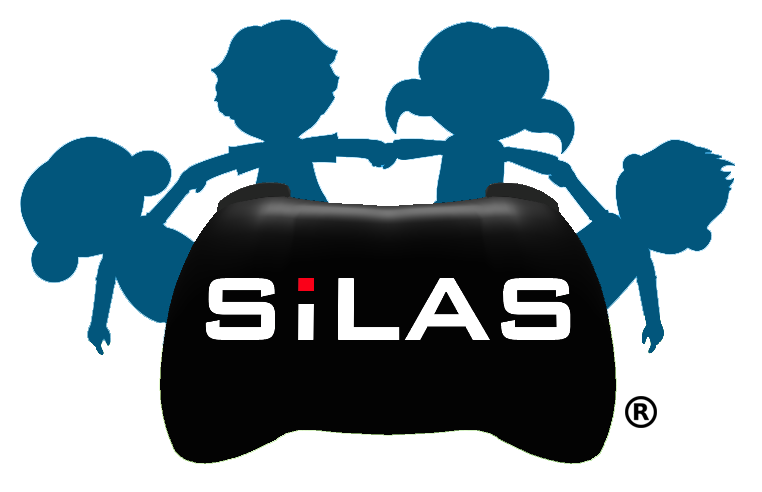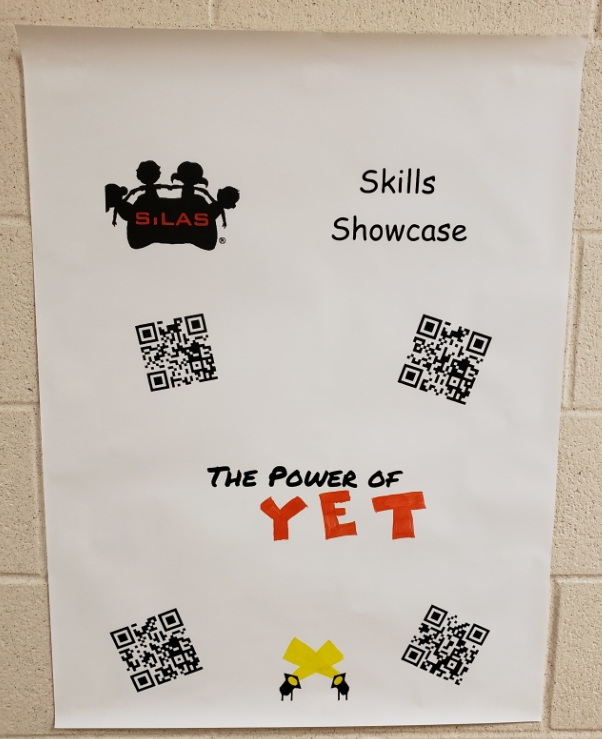Behavior is the most basic form of communication. When our students are unable to use words to express their thoughts and feelings, they instead act out in inappropriate ways. The most effective way to increase desired student behavior is to build relationships. Students who feel respected and heard are more likely to reciprocate the actions. Below are examples of strategies to increase your students’ success!
Any Time Accommodations
- Statements Not Questions: Many times when giving students directives, we ask the students in the form of a question instead of communicating the expectation through the use of a statement. You may have found yourself asking, “Would you like to go to math?” When we ask a student if they would like to follow a directive, we provide them with the opportunity to say “NO!” Instead state, “It is time for math.”
- Wait Time: As teachers, it is our nature to fill every moment with words. Silence tends to make individuals uncomfortable. Providing students “wait time” to comply with a directive or allow students the opportunity to answer a question relating to either their behavior or academic subject. Helpful examples; “I know you are upset. I will set the timer for two minutes, then we will talk.”
Building Relationships
- 2×10: Building relationships is the best way to increase positive outcomes with at risk students. A simple trick to assist in building relationships is the 2×10 strategy. Spend two minutes each day for 10 days in a row just talking with your student about anything…but school!
- Q-TIP: Most times, a student who is acting out knows your “buttons.” He or she knows exactly what to say or do in an attempt to escalate your behavior as well. An easy reminder, Q-TIP, Quick Taking it Personally. The more we can avoid engaging the student during the undesired behavior, the less the student will exhibit the behavior.
Lights! Camera! Action!
Now it is your turn to show us your positive behavior strategies in action!
- Choose an “Any Time Accommodation.”
- In small groups or 1:1 with students, create a dialogue including the accommodation.
- Submit your movie by Nov. 30th.
- The students that create the best movie will receive a pizza party. The teacher/s will receive a $25 Amazon Card!


 2) How are you using SiLAS with students?
2) How are you using SiLAS with students?